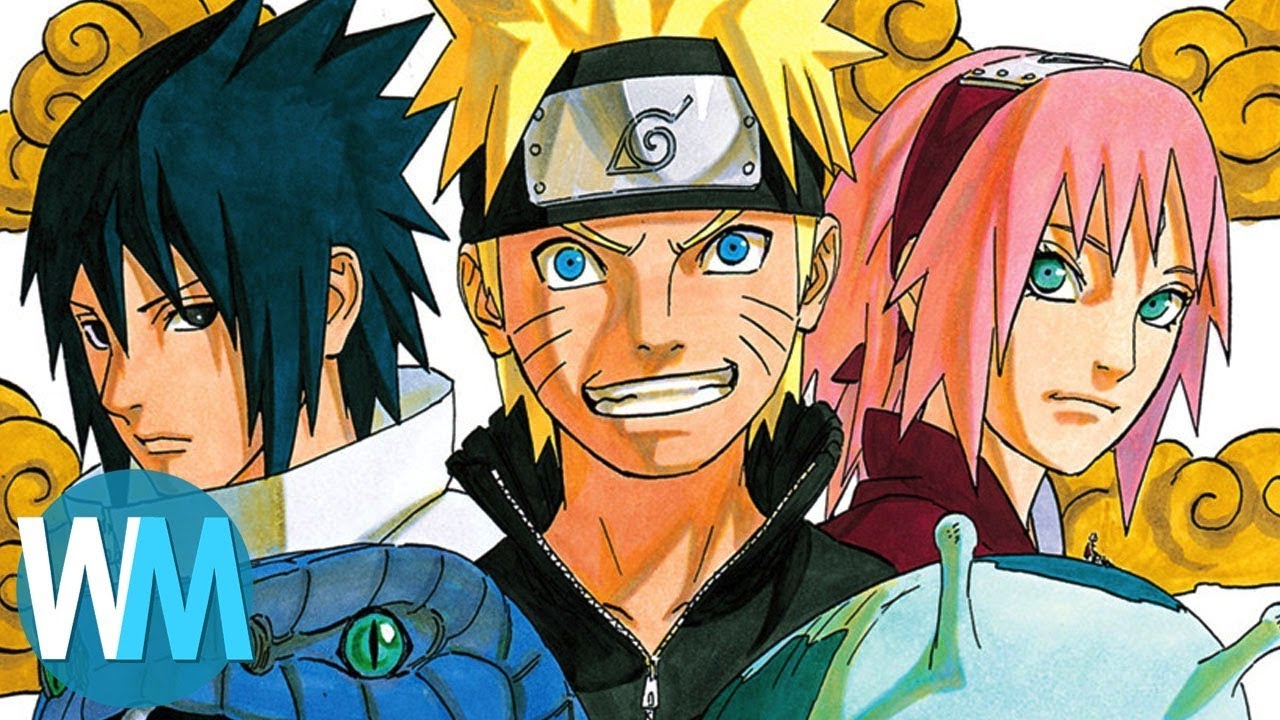Oldboy manga? Dude, it’s way more than just a comic book. This ain’t your grandpappy’s Sunday funnies; we’re talking a seriously twisted tale of revenge, betrayal, and a whole lotta mind-blowing plot twists. Get ready to dive into a dark, intense world where nothing is as it seems, and the line between right and wrong gets totally blurred.
Prepare for a wild ride.
Explore the different advantages of manga gástrica en inglés that can change the way you view this issue.
We’re breaking down everything from the main dude, Oh Dae-su’s, messed-up journey to the killer art style that makes this manga totally unforgettable. We’ll explore the themes that hit hard – like revenge, guilt, and the whole redemption thing – and how they play out in this crazy story. Plus, we’ll compare it to the movie and other similar stories, so you can see just how unique Oldboy really is.
It’s gonna be epic.
Oldboy Manga: A Deep Dive
Oldboy, the manga by Garon Tsuchiya and Nobuaki Minekura, isn’t your typical revenge story. It’s a brutal, stylish, and psychologically complex exploration of trauma, guilt, and the corrosive nature of obsession. This deep dive will unpack the manga’s plot, characters, artistic style, and cultural context, comparing it to other works and highlighting key scenes that make it a truly unforgettable read.
Oldboy Manga: Plot Summary and Themes
The manga follows Oh Dae-su, a man imprisoned for fifteen years without knowing why. Upon his release, he embarks on a violent quest for revenge against his mysterious captor. The narrative unravels slowly, revealing a web of deceit, betrayal, and shocking twists. Key themes include revenge, the destructive power of obsession, the complexities of guilt and redemption, and the exploration of fractured identity.
The non-linear narrative structure and deliberate pacing build suspense and keep the reader constantly guessing, amplifying the emotional impact of the story’s revelations. The graphic depiction of violence is integral to the narrative, serving as a visual representation of Dae-su’s descent into darkness and the brutal consequences of his actions.
Character Analysis: Oh Dae-su
Oh Dae-su’s journey is one of profound psychological transformation. Initially driven by a primal thirst for vengeance, he gradually unravels as the truth about his imprisonment is revealed. His motivations shift from simple retribution to a desperate search for meaning and understanding in the face of unimaginable betrayal. His relationships with other characters, particularly his daughter and his captor, are complex and fraught with tension.
Compared to the film adaptation, the manga’s Dae-su is arguably more nuanced and psychologically damaged, allowing for a deeper exploration of his internal struggles. His transformation is less about physical prowess and more about the agonizing process of confronting his past and accepting the consequences of his actions.
Artistic Style and Visual Storytelling

Oldboy’s artistic style is dark, gritty, and intensely expressive. The use of stark contrasts, dynamic panel layouts, and unconventional camera angles creates a sense of unease and claustrophobia. The visuals powerfully contribute to the overall atmosphere and mood, reflecting the psychological turmoil of the protagonist and the unsettling nature of the plot. The manga masterfully employs visual metaphors and symbolism to enhance the narrative, often using shadows, distorted perspectives, and close-ups to emphasize key emotional moments.
| Chapter | Color Palette | Panel Layout | Visual Focus |
|---|---|---|---|
| 1 | Muted tones, browns, grays | Tight panels, claustrophobic | Dae-su’s confinement |
| 5 | Bright, saturated colors | Wide panels, expansive | Dae-su’s initial freedom |
| 10 | Dark, desaturated colors | Dynamic, chaotic | Violent confrontation |
| Final | Subdued, reflective | Static, contemplative | Dae-su’s emotional state |
Cultural and Social Commentary
Oldboy’s narrative is deeply rooted in Korean culture and society. The manga subtly critiques aspects of Korean social structures, particularly themes of family, honor, and societal expectations. Symbolic imagery, such as the recurring motif of the hammer, adds layers of meaning and reinforces the central themes of violence and revenge. For example, the constant rain in many scenes could be interpreted as reflecting the pervasive sense of despair and hopelessness that permeates Dae-su’s world.
The film’s focus on the father-daughter relationship and the impact of societal expectations on family dynamics offers a poignant commentary on traditional values.
Comparison with Other Works, Oldboy manga
Oldboy shares thematic similarities with other revenge narratives, such as
-Kill Bill* and
-Lady Snowblood*. However, Oldboy distinguishes itself through its focus on the psychological toll of revenge and its exploration of the complexities of human relationships. The non-linear storytelling and the morally ambiguous characters set it apart from many traditional revenge stories.
- Similar Themes: Revenge, betrayal, obsession.
- Different Approaches: Oldboy delves deeper into the psychological consequences of revenge, unlike some other works which focus solely on the act itself.
- Unique Aspects: Non-linear narrative, morally ambiguous characters, complex exploration of family dynamics.
Illustrative Examples: Key Scenes
Several scenes in Oldboy stand out for their visual and narrative impact. The initial prison scene, depicted with muted colors and claustrophobic panel layouts, immediately establishes the protagonist’s desperate situation and sets the tone for the entire story. The scene where Dae-su confronts his captor for the first time is a masterclass in visual storytelling, using dynamic panel layouts and extreme close-ups to convey the intensity of the moment.
Finally, the concluding scene, characterized by a subdued color palette and static panel layouts, reflects Dae-su’s emotional state and the lasting impact of his journey.
So, yeah, Oldboy manga. It’s intense, it’s brutal, and it’s totally unforgettable. The art is sick, the story is mind-bending, and the themes will stay with you long after you finish reading. It’s a deep dive into the human psyche, exploring the darkest corners of revenge and the possibility of redemption. Whether you’re a manga veteran or a total newbie, this is one ride you won’t want to miss.
Seriously, check it out.


